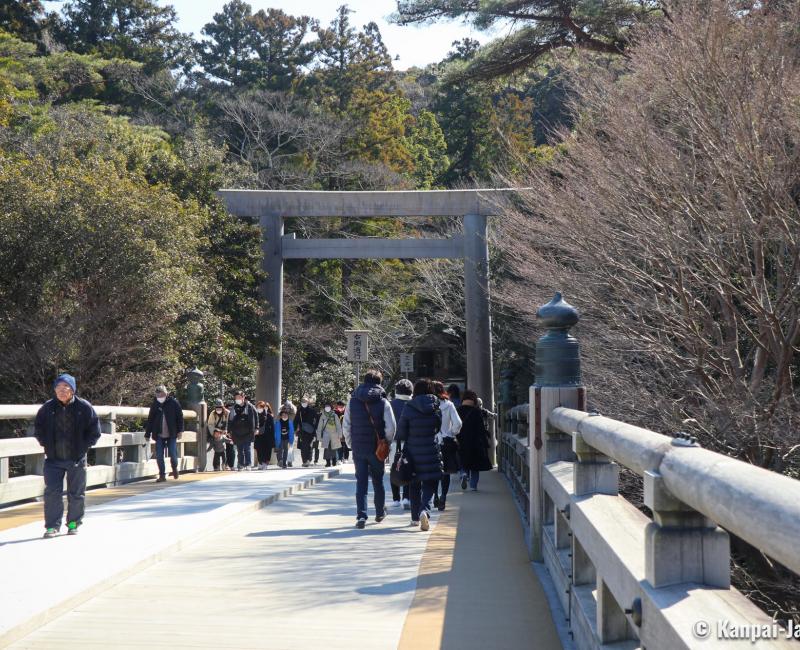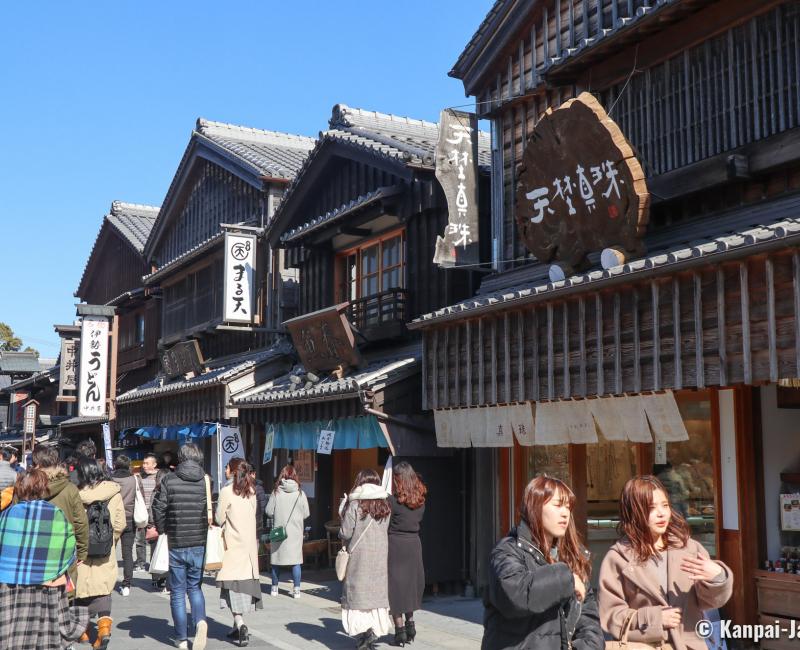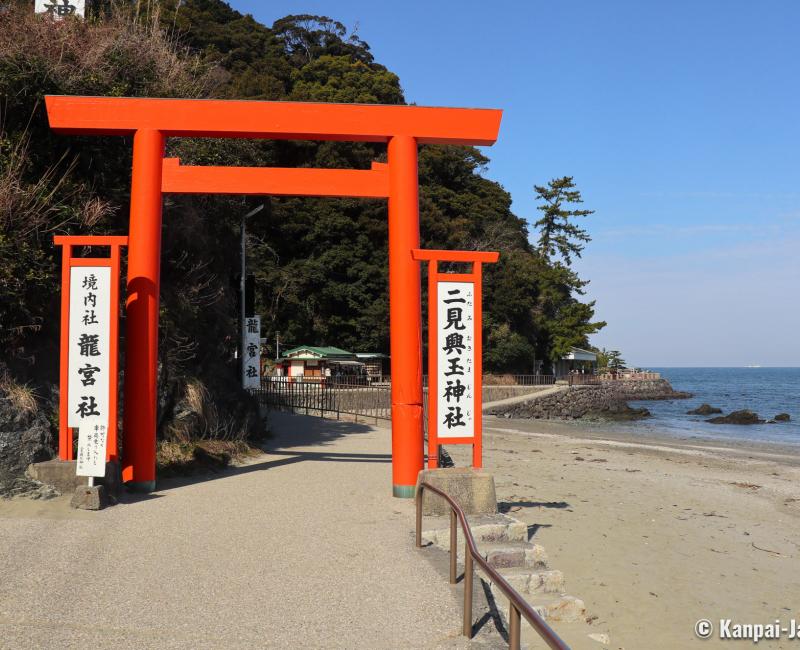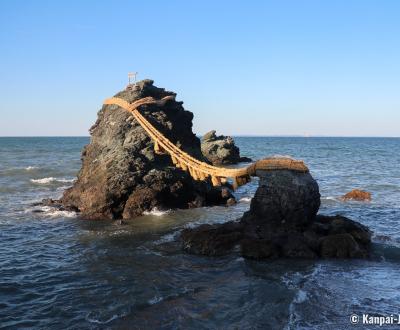Ise
The Cradle of Shinto in Japan
Ise is a small Japanese town located in Shima Peninsula in Mie prefecture, in the eastern part of Kansai area. It is internationally renowned for being the city of the Grand Shrine Ise Jingu, considered the first Shinto site in Japan. The city borders on the Pacific Ocean and is also home to preserved natural landscapes, part of Ise-Shima National Park.
Despite its small size, Ise is an important cultural and touristic center in Japan and receives almost seven million visitors each year. The city is one of the most popular destinations in Kansai, easily reachable by train 🚅 or by car 🚙 from the largest agglomerations of Nagoya, Kyoto and Osaka. Formerly named Uji-Yamada, Ise owns a natural and historical heritage to discover over a one or couple of days trips.

The famous Ise Grand Shrine Jingu
The city logically developed around its spiritual jewel: the famous, 2,000 years old Ise Jingu, considered the most important Shinto shrine in Japan. A third of the city’s surface is covered by the forest sheltering Ise imperial shrine. What is called Grand Shrine is actually a complex of 125 pavilions scattered throughout Mie prefecture, but the two major and exceptional sites are in Ise:
- The Inner Shrine Naiku (Kotai-jingu) dedicated to Amaterasu, the sun goddess, to explore after crossing Isuzu-gawa River on the Uji-bashi bridge,
- The Outer Shrine Geku (Toyo'uke-daijingu) dedicated to Toyo'uke, the deity fostering abundant harvests, easy to reach for Ujiyamada and Iseshi stations.

Wandering in Oharai-machi historical district
Just before Naiku’s entrance, Oharai-machi shopping street and its central plaza Okage Yokocho span over a one-kilometer-long cobbled avenue. Tourists cannot avoid this place, that is easily identifiable thanks to its traditional architecture inspired by Edo period (1603 – 1868) and Meiji Era (1868 – 1912). The beautiful and numerous wooden houses are souvenir shops and local gastronomy restaurants. We strongly recommend tasting:
- Akafuku-mochi, small cakes made with rice dough (mochi) and wrapped in sweet red bean paste (azuki). The ingredients are the same as the classical mochi, but the texture and the taste are very specific. This recipe is said to date back to more than 300 years ago.
- Ise-Udon, Japanese thick noodles served in a hot broth made with tamari sweet soy sauce. This simple savory dish is different from the Udon noodles that one can usually eat in Japan.
Free taiko drums performances are held several times per day and contribute to the liveliness of the neighborhood.

Traveling in Ise-Shima area
The visit of Ise continues up to Futamino-Ura station by the local JR train line. The scenery changes from the forest's deep green to the cobalt blue of the Pacific Ocean. A pleasant walk in the sand along the shores awaits those who want to pay a visit to Futami Okitama shrine and the famous "Married couple rocks" Meoto Iwa. On the way, stop by Hinjutsu-kan an authentic ancient residence.
Ise’s rich historical heritage gives way to the peninsula’s natural landscapes, protected by Ise-Shima National Park. Beautiful discoveries await curious travelers in the easternmost part of Mie prefecture, such as pearl culture on Mikimoto Pearl Island and the encounter with ama, the female pearl divers on the shores of Toba city or Osatsu city.

